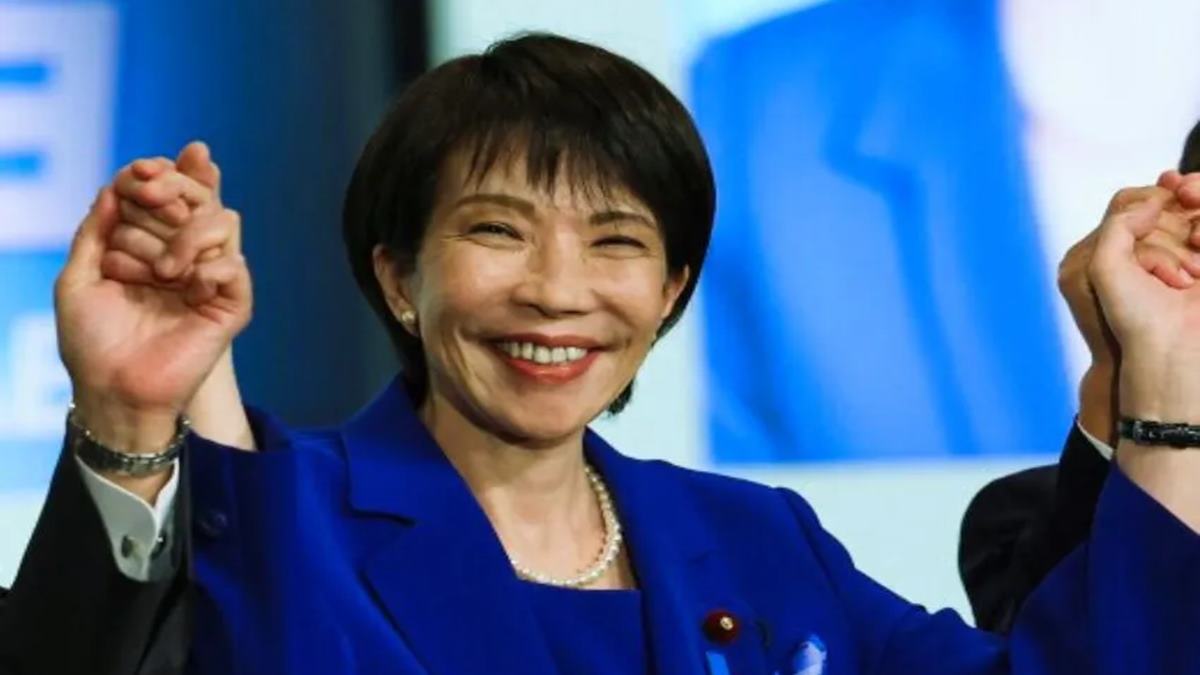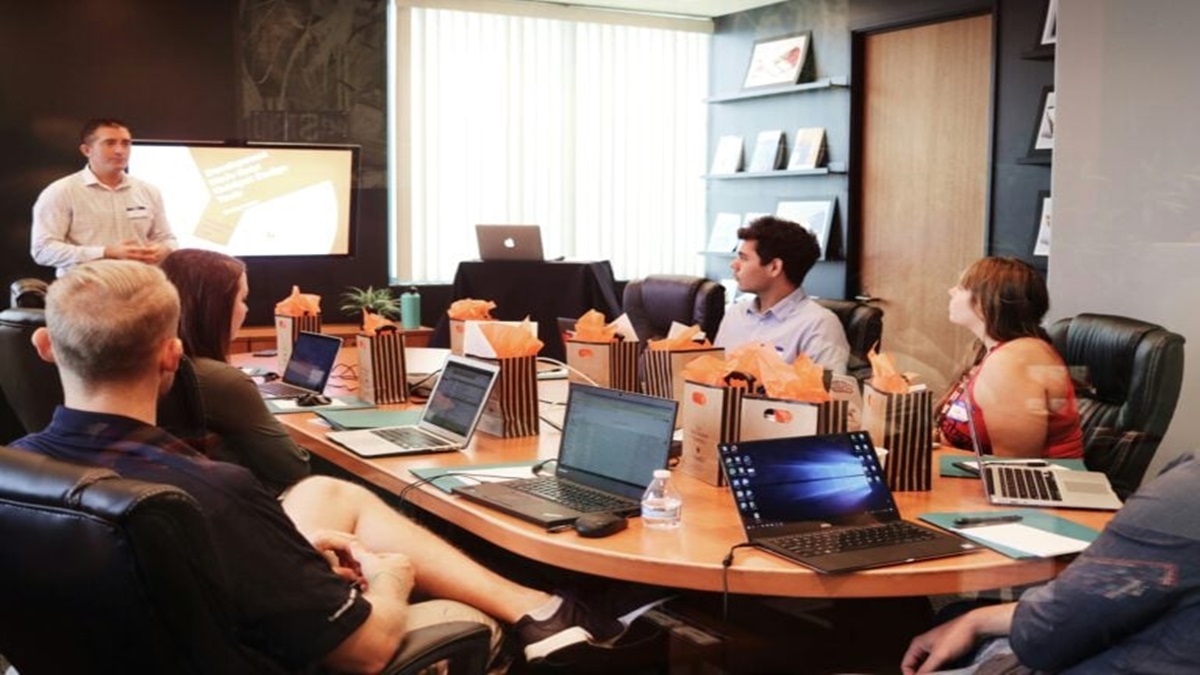Inviting employees to bring their “whole selves” to work sounds inspiring—and it is. But it’s also complex. When people feel free to express who they are, teams gain depth, creativity and stronger connections. Yet with that authenticity comes a mix of sometimes conflicting perspectives, beliefs and emotions.
Great leaders know the goal isn’t to avoid or hide these differences, but to create an environment where they can coexist with empathy and respect. Here, 15 Forbes Coaches Council members explain how to foster open communication and self-expression while keeping psychological safety at the heart of your workplace environment.
1. Embrace Curiosity And Growth
Encourage employees and teams to embrace curiosity and growth. It is absolutely important to be authentic and bring your whole self to work, and it is equally as important to understand what makes someone else unique. It’s about exploring, together, both perspectives and how they can contribute to the whole team and organization. Diverging beliefs, when explored openly, lead to innovation. – Kristy Busija, Next Conversation Consulting
2. Focus On Acceptance
There’s a difference between acceptance and agreement. Safe spaces are created when acceptance is a given, and agreement takes work. Diversity stretches thinking in divergent and new ways. Each new and different view is accepted and considered—but that doesn’t mean everyone agrees. The push and pull of ideas is what makes ideas and teams better. – Laura Flessner, Mindtap
3. Ask Deep Questions About Belonging
When workplace culture prizes productivity over presence, speaking up can feel like a risk. For many—especially women, people of color and those navigating identity intersections—success often walks hand in hand with silence. By looking beyond self-esteem hacks and asking deeper questions about belonging, communication and power, a leader can foster open conversations and build psychological safety. – Chetna Sethi, Luminous Connections LLC
4. Separate Respect From Agreement
A leader can set norms that separate respect from agreement. Encourage open sharing, but anchor it in curiosity, not persuasion. By modeling, “I may not share your view, but I value hearing it,” leaders create space for self-expression while protecting psychological safety. Diversity becomes dialogue, not division. – Dr. Sunil Kumar, Dr Sunil Kumar Consulting
5. Model Connection And Curiosity
First, get to know people. As a leader, the connection and curiosity you show will set the tone for the team. Disparaging others is what is not accepted, period. Facilitating effective conversation among holders of diverse viewpoints so that the final decision is better for being informed by the different perspectives lets leaders respectfully model, foster and deliver effective, open communication. – Jessica Hartung, Treelight
6. Lead With Empathy And Trust
Leaders encourage authenticity by modeling it first. Listen with empathy, set clear values and build trust. The key is not uniformity but safety: creating spaces where diverse views are heard respectfully, while aligning everyone on shared mission and goals. – Wale Adekanla, The Leadership Channel Institute
7. Balance Empathy With Assertiveness And Trust
Leaders can foster authenticity by balancing empathy with assertiveness and trust. Create a space where all voices are heard, encourage curiosity about diverse views, acknowledge emotions without judgment and model respectful dialogue. When leaders set clear norms and invite their team to show up as their whole selves, psychological safety grows and teams feel valued, not silenced. – Kathleen Shanley, Statice
8. Ground The Team In These Shared Values
Leaders foster psychological safety by grounding the team in a few shared values that transcend age, gender, race or background: Curiosity means listening more than speaking. Humility means leaving ego at the door and focusing on others, not yourself. Clarity means every conversation ends with alignment. These guardrails allow authentic expression while keeping the team united. – Alex Draper, DX Learning Solutions
9. Set Boundaries Around Authenticity
Start by making it clear: Authenticity isn’t a license to be reckless. I coach leaders to build cultures where people can bring their whole selves, but not weaponize them because that’s not respectable. Open communication thrives when boundaries are respected and egos are checked. If your team meetings feel like a group therapy session with no facilitator, it’s time for a leadership upgrade. – Dr. Ari McGrew, Tactful Disruption®
10. Model Vulnerable, But Boundaried, Sharing
Start simple: Not every personal belief needs airtime at work. I ask teams (and myself), “Does sharing this help us succeed together?” Model vulnerable, but boundaried, sharing yourself. Create regular check-ins where people can express concerns safely, and trust your instincts when conversations feel divisive versus productive. Psychological safety means structure, not free-for-all expression. – Marissa Brassfield, CTOx
11. Value Diversity Without Judgment
Focus less on self-expression and more on accepting others. You don’t need to agree with different beliefs—just accept they exist. Value diversity without judgment. The key is: “I don’t have to think like you, and you don’t have to believe what I believe, but we both accept our differences.” Your limits begin where others’ end. – Aurelien Mangano, DevelUpLeaders
12. Bring Your Best Self
Leaders can foster openness by applying the law of boundaries and practicing respect. “Bring your whole self” means bringing your best self—the version that uplifts, not disrupts. Boundaries keep expression constructive, and respect ensures diverse voices are heard. Together, they create psychological safety and healthy self-expression at work. – Sandra Balogun, The CPA Leader
13. Anchor Authenticity In Organizational Values
It is naive to expect us to be able to be our fully authentic selves in a workplace that is so complex and multidimensional. Professional decorum will always be expected of us as leaders. Anchor your authenticity in a strong moral code that should align with the organizational values. – Edyta Pacuk, MarchFifteen Consulting Inc.
14. Bolster EQ With Decisiveness
In my experience coaching leaders and employees, the most important variables for employees are not only authenticity and emotional intelligence, but also decisiveness. In other words, leaders need to be true and authentic and understand the emotional complexity of today’s workplace, but then also—decisive! They cannot be wishy-washy and always changing their minds. Continuity and stability matter. – Ash Varma, Varma & Associates
15. Redefine Safety As Being Comfortable With Discomfort
There’s a paradox to psychological safety: It’s not safe if no one feels uncomfortable. Safety only exists insofar that people are willing to be uncomfortable and act despite any perceived risks. Don’t conflate comfort with safety. Psychological safety means that people are willing to act and grow; they can’t do that if they cannot be comfortable with discomfort. – Ed Brzychcy, Lead from the Front




















